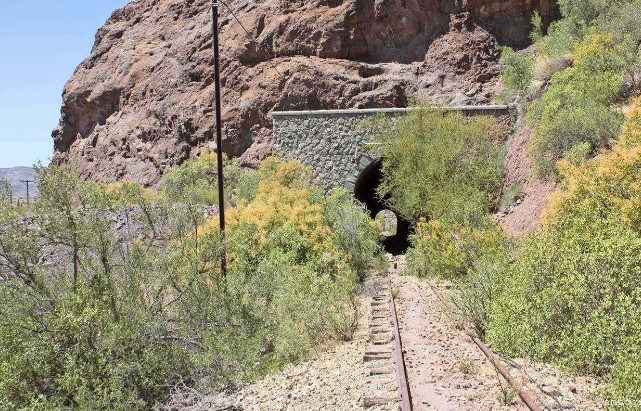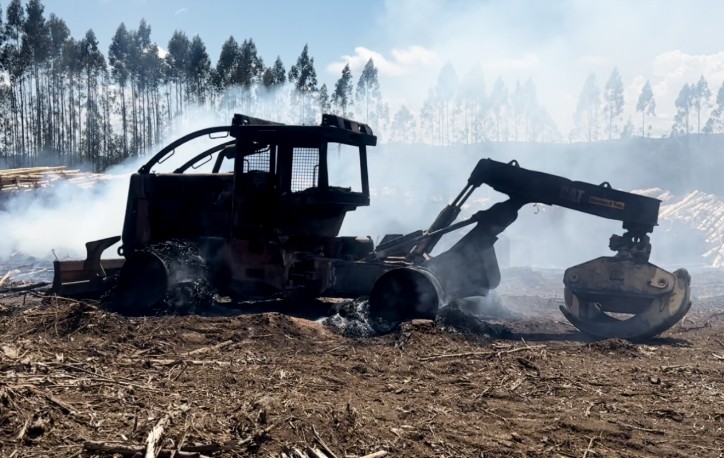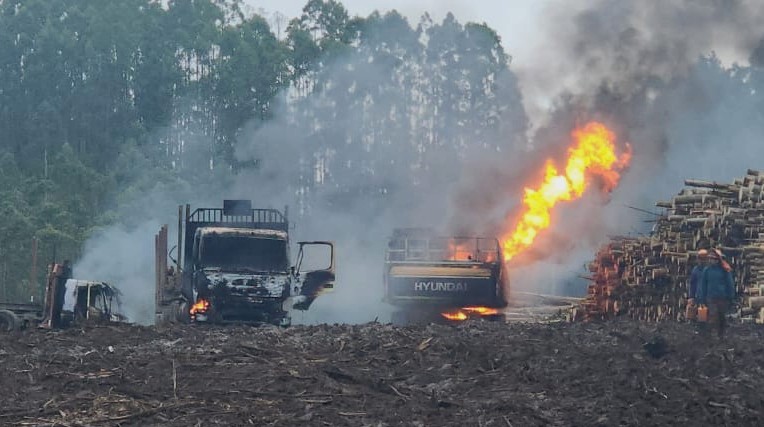Old Railway Sleepers Reveal Past Climate in Southern Chile
During the railway boom of the 19th and 20th centuries, thousands of sleepers were produced from Nothofagus obliqua forests, a native oak species in southern Chile. The demand was so high that it significantly contributed to the overexploitation of this tree.
Decades later, on forgotten railway tracks in the Norte Chico region, a group of scientists saw more than just ruins. In the sleepers, still well-preserved thanks to the area's semi-arid climate, they sensed an opportunity: that the wood might hold, in its rings, a record of past climate. Thus, through dendrochronological records (the study of tree rings), they managed to reconstruct environmental conditions from decades ago.
The findings were recently published in the journal Scientific Reports.
"Year after year, trees form growth rings, and their width indicates the climate of the year they were formed: dry, rainy, warm, or cold. They are a 'natural archive' that allows us to create high-resolution reconstructions of past climates over the last few centuries and even millennia," explains one of the study's authors, Duncan Christie, a professor at the Institute of Conservation, Biodiversity, and Territory at the Universidad Austral de Chile and a researcher at the Center for Climate Science and Resilience (CR2).
When asked why they chose sleepers for this study instead of ancient oak logs, the specialist explains, "Due to the intense exploitation this species faced because of its high-quality wood, very few places in the country still have them today. With abandoned railway tracks and most sleepers made in Chile coming from this tree, these sleepers emerged as a natural and cultural heritage that allowed us to extend climate information further into the past."
For the research, abandoned sections of railway lines were identified, and at least 15 sleepers were selected from three locations: Ovalle, Alcaparrosa, and Chinchillas.
From the analyzed samples, it was concluded that at least six were less than 50 years old, nine were between 50 and 100 years old, five between 100 and 150 years old, and two were over 300 years old.
Christie notes that these "for example, revealed the persistent drought of the 1770s, the rainy period in the early 19th century, and, more recently, the hyper-drought event of 1924."
He adds: "These natural archives contain information not only about climate variations over the last 500 years but also about human impact on the exploitation of native Patagonian forests and the massive detonation of nuclear bombs."
The latter point, the researcher details, was confirmed by comparing the radiocarbon levels in the wood with the Southern Hemisphere's radiocarbon curve during the Cold War period, known as the bomb peak—when nuclear detonations occurred, leaving a global trace in tree rings from that era.
"We also compared them with reconstructions we've previously made using other tree species, like araucarias or mountain cypresses, for other climate parameters, such as the flow of the Maule River. The sleepers' ring-width records showed great similarity with these as well, demonstrating the value of these historical wood pieces for past climate studies," concludes Christie.
Source:El Mercurio









